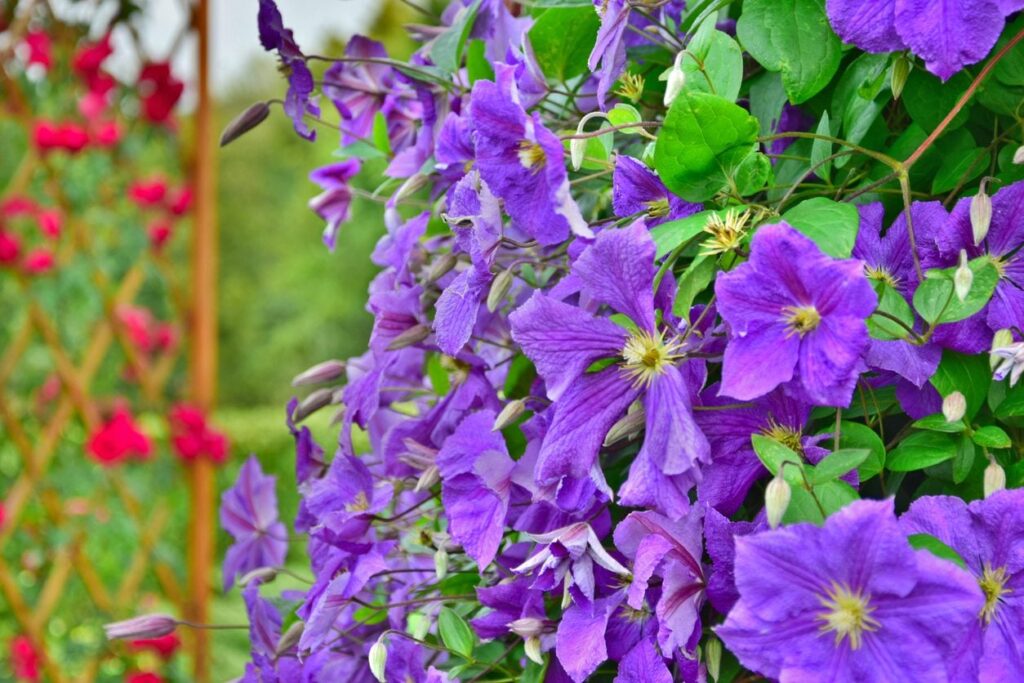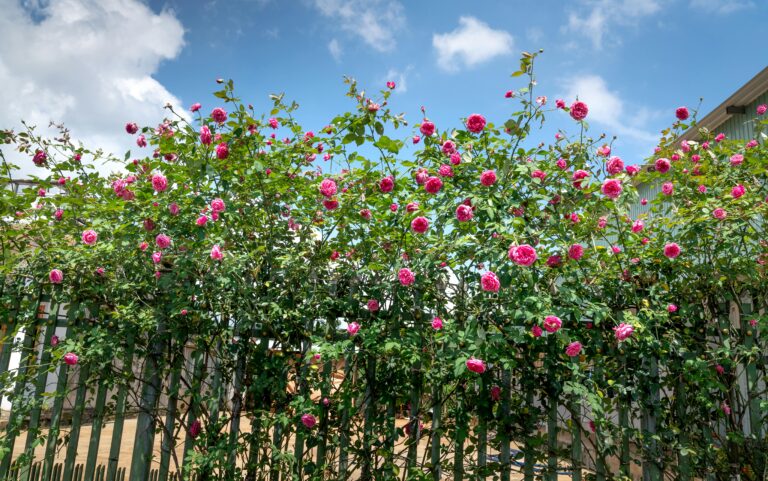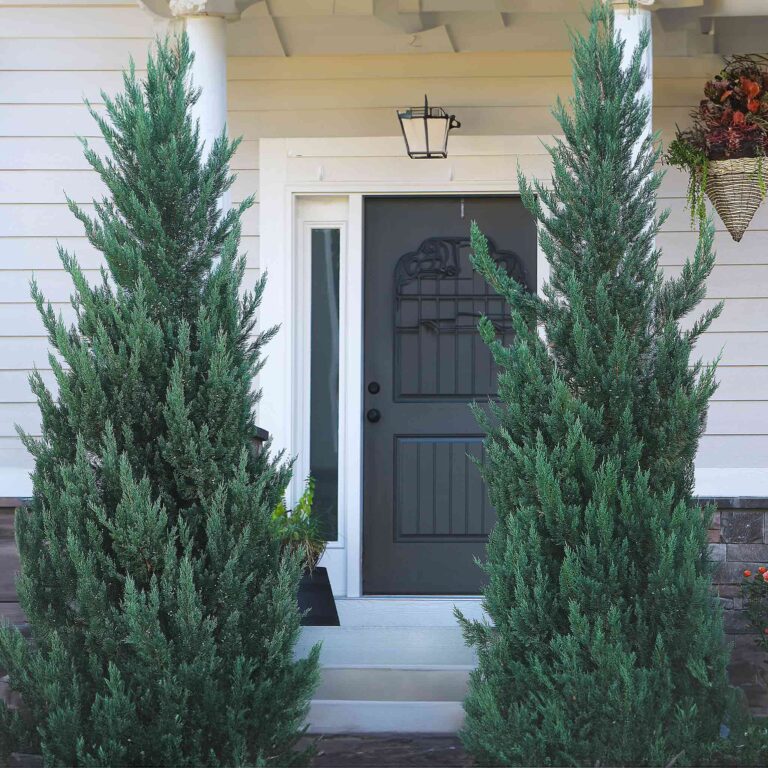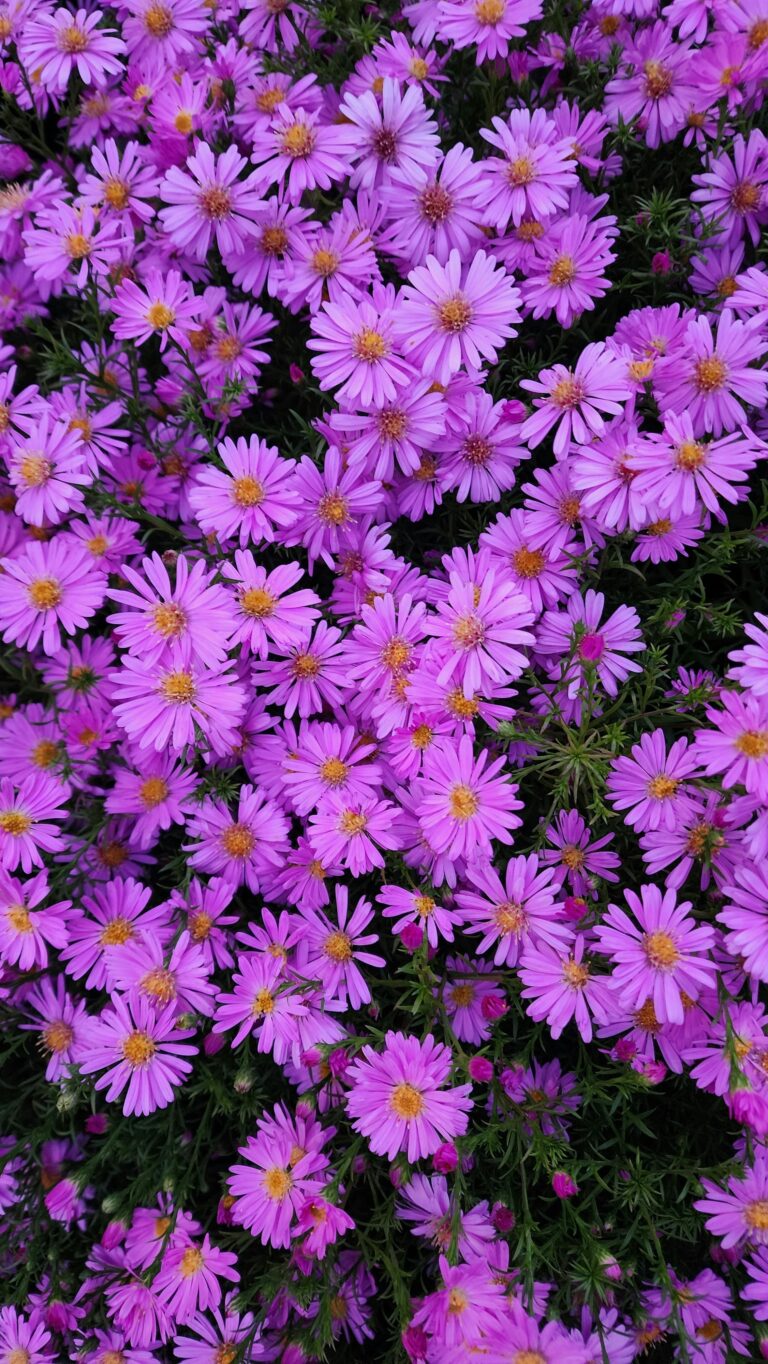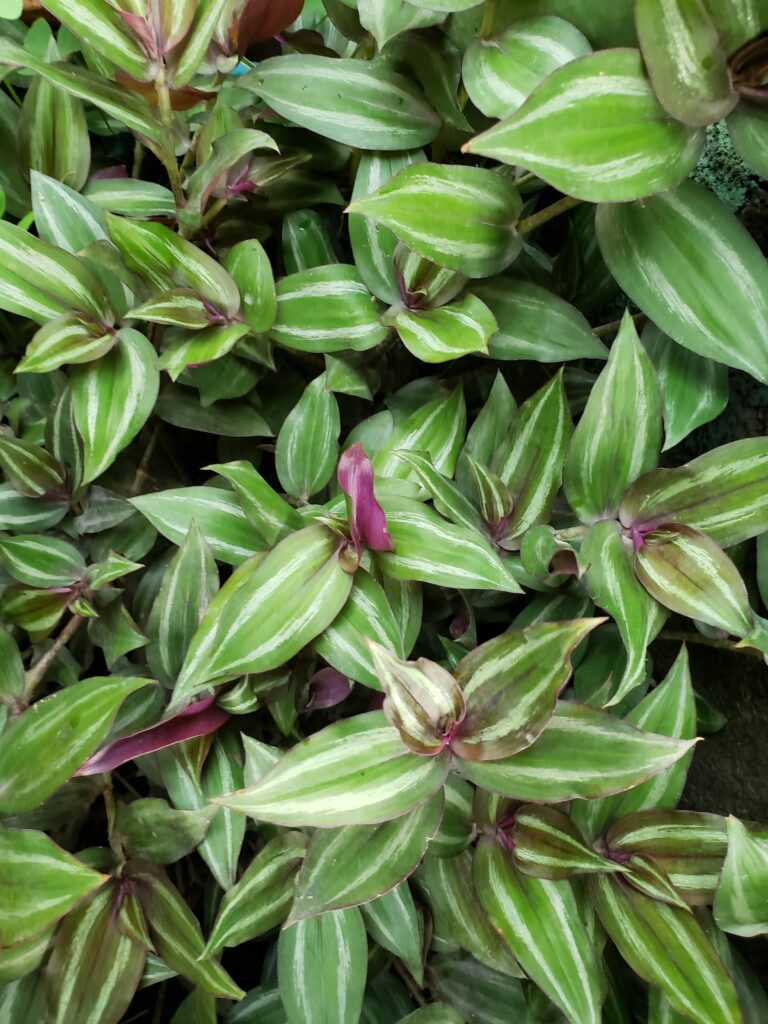Flowering Vines: Adding Beauty and Vertical Interest to Your Garden
Flowering vines are like nature’s way of creating living tapestries. If you’ve been gardening for a while, you probably know that vines are perfect for adding that extra layer of beauty and vertical interest. Whether they’re climbing up a trellis, covering an old fence, or spilling over arbors, flowering vines can transform your garden into a lush, blooming paradise. Let’s dive into some great options you can plant in your garden, and how to make them thrive.
Why Choose Flowering Vines?
Flowering vines aren’t just about beauty; they’re also incredibly versatile. They provide shade, cover unsightly areas, and attract pollinators like butterflies and hummingbirds. Plus, for smaller gardens, vertical gardening is an excellent way to maximize space. Whether you’re going for a cottage garden vibe or something sleek and modern, there’s a vine for every style.
Top Flowering Vines for Your Garden
Here are some of my favorite flowering vines, based on five years of trial and error in the garden.
1. Clematis
Clematis is known as the “queen of flowering vines,” and for good reason. Its large, showy blooms come in a variety of colors—ranging from purple, pink, to white. Plant them where they can get sun on their tops and keep their roots cool (mulch can help here).
- Pro Tip: Clematis can be finicky in their first year, but give them time. They follow the “sleep, creep, leap” growth pattern—slow the first year, a bit better the second, and then they take off!
2. Honeysuckle
This is a fast-growing, fragrant vine that’s perfect if you want a quick cover-up for a trellis or pergola. Its tubular flowers are not only gorgeous but also a magnet for hummingbirds and bees.
- Pro Tip: Honeysuckle can be vigorous, so make sure you keep an eye on its growth. Prune it back in early spring to maintain its shape and avoid it getting too wild.
3. Morning Glory
A staple in many gardens, morning glory is easy to grow and rewards you with vibrant, trumpet-shaped flowers that open in the morning and close by afternoon. They love full sun and will reseed themselves year after year.
- Pro Tip: Be cautious where you plant morning glory; it can become invasive if not monitored. I plant them in pots with a trellis to keep them contained.
4. Trumpet Vine
If you’re looking for something bold, trumpet vine has bright orange-red, tubular flowers that scream for attention. This vine is robust and loves to climb, often growing up to 30 feet or more.
- Pro Tip: Trumpet vines are great for large structures like fences or tall trellises, but they can get heavy. Make sure whatever they’re climbing is sturdy.
5. Passionflower
Passionflower is one of the most unique and exotic-looking flowering vines you can plant. Its intricate flowers look almost too complex to be real, but they are surprisingly easy to grow.
- Pro Tip: Passionflower can also bear edible fruit if you choose the right variety. Just make sure to plant it in a sunny spot and give it plenty of room to climb.
Growing and Caring for Flowering Vines
Most flowering vines love the sun, though some prefer partial shade. Here are a few general tips to keep in mind when growing these beauties:
- Support: Make sure you provide sturdy support for climbing vines. Trellises, arbors, and fences work great.
- Watering: While vines are establishing, water them regularly. Once mature, most vines can tolerate some drought, but regular watering will keep them flowering better.
- Pruning: Most flowering vines benefit from pruning to keep them from taking over your garden. Prune at the right time—some vines bloom on old wood, so cutting them at the wrong time could reduce blooms.
Design Ideas for Using Flowering Vines
Flowering vines are more than just a plant—they’re a garden feature. Here are a few creative ways to use them:
- Trellises and Arches: Set up trellises or arches at garden entrances or along pathways for a magical, blooming entrance.
- Vertical Gardens: In smaller spaces, flowering vines can be grown vertically on walls or in containers with trellises.
- Pergola Cover: Want some natural shade? Plant vines like wisteria or honeysuckle on a pergola, and in a few years, you’ll have a stunning green canopy overhead.
Conclusion
Flowering vines are a gardener’s best friend, offering color, fragrance, and even privacy. With so many varieties to choose from, there’s no shortage of options for adding vertical interest to your garden. Just remember to give them a good start, provide the right structure, and prune as needed. Soon, you’ll have a vertical garden that’s blooming with beauty.
If you’ve got any personal favorite vines or tips for growing them, drop a comment below or share your vine-growing journey. We’re all in this gardening adventure together!

